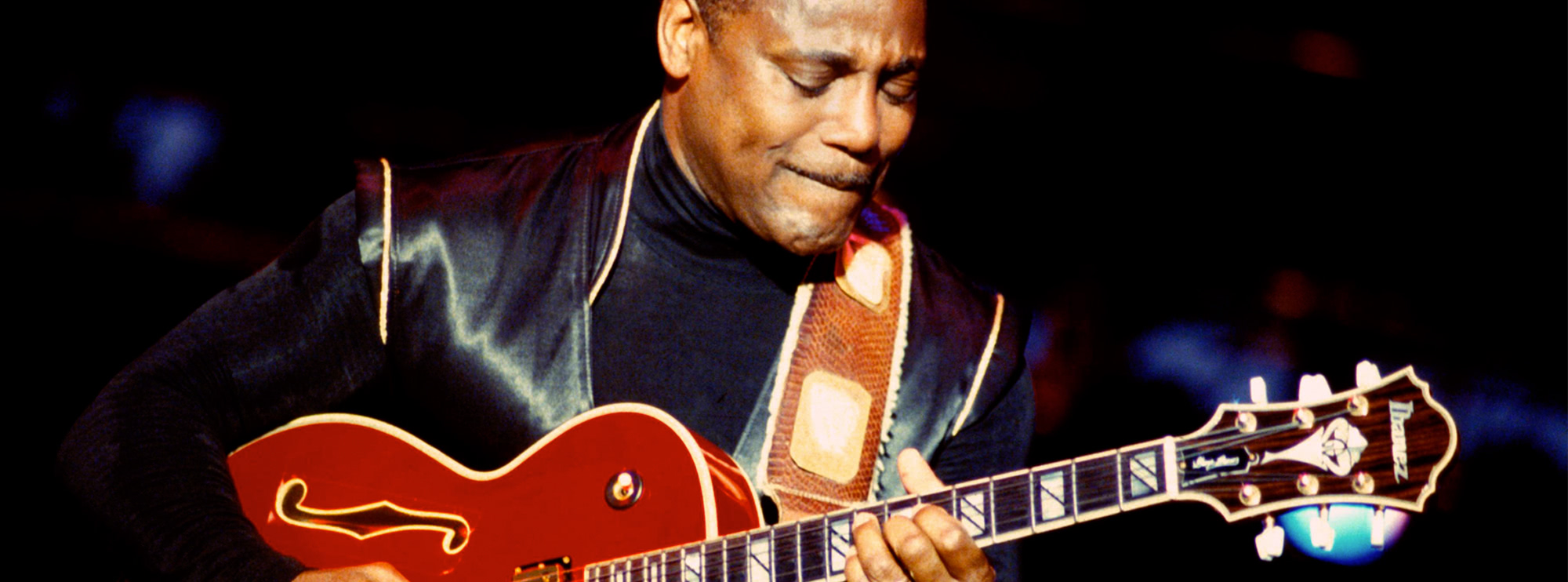Behind the Wall of Sleep by Black Sabbath: A Guitarist's Perspective
"Behind the Wall of Sleep" is a quintessential track from Black Sabbath's eponymous debut album, released in 1970. The song is a showcase of Tony Iommi's innovative guitar work, which has influenced countless guitarists across generations. As we delve into this track, we'll explore the chords, scales, guitar solo, and techniques used, all taught in a style reminiscent of Danny Gill for Lick Library.
Chords and Progressions
The song is rooted in E minor, a favourite key for many heavy metal tracks due to its dark and heavy sound. The main riff primarily revolves around power chords, a staple in Iommi's playing.
Main Riff
The main riff of "Behind the Wall of Sleep" utilises E5, G5, and A5 power chords, giving it a driving and powerful feel. The riff repeats with slight variations, maintaining a hypnotic groove that is characteristic of early Black Sabbath.
Scales
Tony Iommi frequently uses the Pentatonic Minor and Blues scales in his solos and riffs. In "Behind the Wall of Sleep," he primarily sticks to the E minor pentatonic scale, which adds to the song's dark and brooding atmosphere.
E Minor Pentatonic Scale
The E minor pentatonic scale consists of the following notes: E, G, A, B, and D. This scale provides a versatile foundation for both riffs and solos, allowing for expressive bends and slides that are prominent in Iommi's playing.
Guitar Solo Analysis
The solo in "Behind the Wall of Sleep" is a masterclass in blues-inspired metal soloing. Iommi's use of vibrato, string bending, and slides creates a soulful yet aggressive feel.
Key Techniques in the Solo
- Vibrato: Iommi employs wide, expressive vibrato to add emotion to sustained notes.
- String Bending: Bends are used extensively to reach higher pitches, adding tension and release within the solo.
- Slides: Smooth transitions between notes, enhancing the fluidity of the solo.
The solo starts with a series of bends and vibrato, emphasising the E minor pentatonic scale. As the solo progresses, Iommi incorporates faster runs, utilising alternate picking to maintain clarity and speed. He also makes use of pull-offs and hammer-ons, which add to the legato feel of the solo.
Tony Iommi's Playing Style
Tony Iommi's playing on "Behind the Wall of Sleep" exemplifies his signature style: a blend of blues roots with heavy, downtuned power. His use of power chords creates a thick, menacing sound that is both simple and effective. Iommi's preference for lower tunings adds to the heaviness of the riffs, a technique that has become a hallmark of the metal genre.
Notable Techniques
- Palm Muting: Iommi uses palm muting to create a tight, percussive sound in the main riff.
- Slides: Integral to his soloing technique, slides allow for smooth transitions and a more vocal-like quality in lead lines.
- String Bending: Essential for adding expression and reaching notes beyond the fretboard's constraints.
Guitar Techniques Used in "Behind the Wall of Sleep"
Tony Iommi's ability to blend these techniques into a cohesive and powerful performance is what makes "Behind the Wall of Sleep" a timeless piece for guitarists to study and appreciate. Whether you're a beginner or an advanced player, there's something to learn from Iommi's masterful execution on this track.

About The Tutor
Tutor Profile
Danny Gill
Danny Gill is, without a doubt, the most loved tutor by our community. With an incredible array of DVDs and web lessons for LickLibrary covering a wide variety of topics all of which he covers with incredible detail, it's no wonder he carries as much respect as he does. As...




